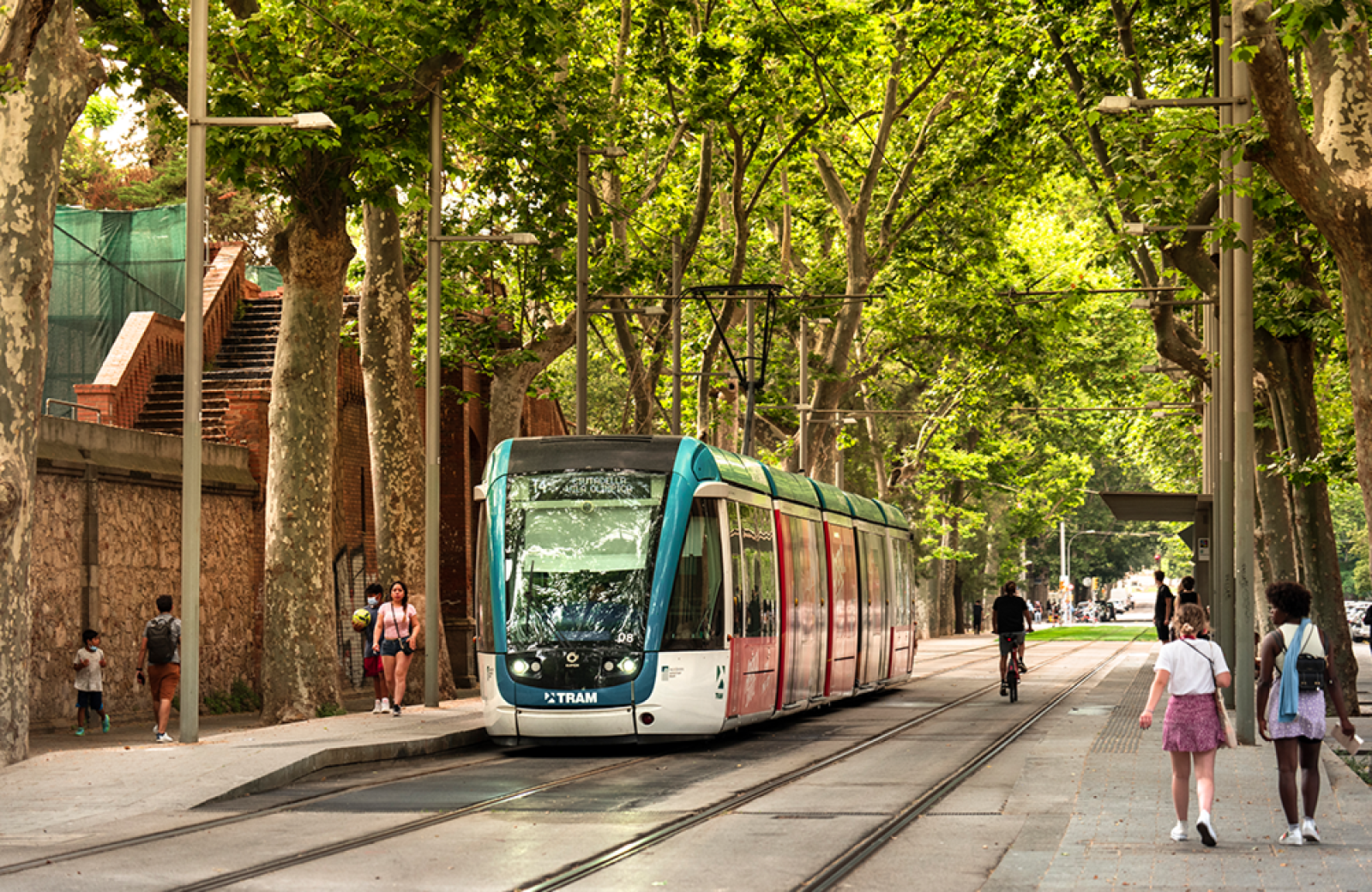Finding the positives in public transport’s ‘new normal’

Barcelona, host city of the 2023 UITP Global Public Transport Summit, is one of the few major cities in the world that is reporting transport patronage above pre-pandemic levels. A densely populated city wedged between the Mediterranean sea, various mountains and two rivers (the Llobregat and the Besòs), public transport is vital to the daily functioning of Spain’s second largest city.
I attended the Summit as I have recently joined the UITP (the International Association of Public Transport) Transport Economics Committee, a group of economists and finance-focused transport folk, who are grappling with many of my key work areas at the Urban Transport Group.
First on the agenda was a topic that has taken up much of my time since the pandemic – the ‘new normal’. During the Summit, UITP released its short report, “What does ‘new normal mobility’ look like?”, which pulls together experiences from around the world. The overriding message of the report is that the “mobility landscape will not be the same as before”. However, as alarming as that might sound to authorities and operators charged with the task of moving people around cities in a financially sustainable way, there are, the UITP says, signs of optimism.
“There are opportunities for changing the revenue and cost sides of the business model that will make public transport as efficient as possible. Authorities and operators should remember that while the pandemic itself was a terrible global phenomenon, the social changes it created are often seen as welcome by those who now have greater flexibilities in their living and travel patterns… and we should also be positive about these changes.”
Whether patronage is still growing, and what this means for the provision of public transport networks, is a key question that many of us are continuing to grapple with. Hearing the issues and approaches of others from around the world provided me with some fresh and upbeat insight that will inform the work that we will continue to do on this topic at Urban Transport Group.
I also attended a joint meeting with the Sustainable Development Committee, which focused on financing options and approaches to the green transition. It highlighted the need to consider the increasing physical risks, such as flooding and heat, and the adaptions that we will need to make for our transport networks to continue to function in the face of increasingly common extreme weather events. Improving the resilience of our vehicles and infrastructure must be considered as a priority, alongside moves to green our fleets. A fleet of new electric buses will be of little value if they are too hot to travel on or are rendered unusable due to a flooded depot.
I did manage a bit of time to explore the city and its transport networks. With ticket prices held at 50% of the 2019 level to encourage patronage, Barcelona was both an affordable and easy city to travel around. Trains and buses ran at very regular frequencies and were busy. Subsidy of the network is higher than it was in 2019 (about 70% of income compared to 55%), but this has bought the city’s transport network time to recover and to thrive again. It was good to see and left me with a feeling of positivity that the post-pandemic world need not be as bleak for public transport as many have feared.
Tom Ellerton is Technical Manager at the Urban Transport Group and sits on UITP’s Transport Economics Committee

